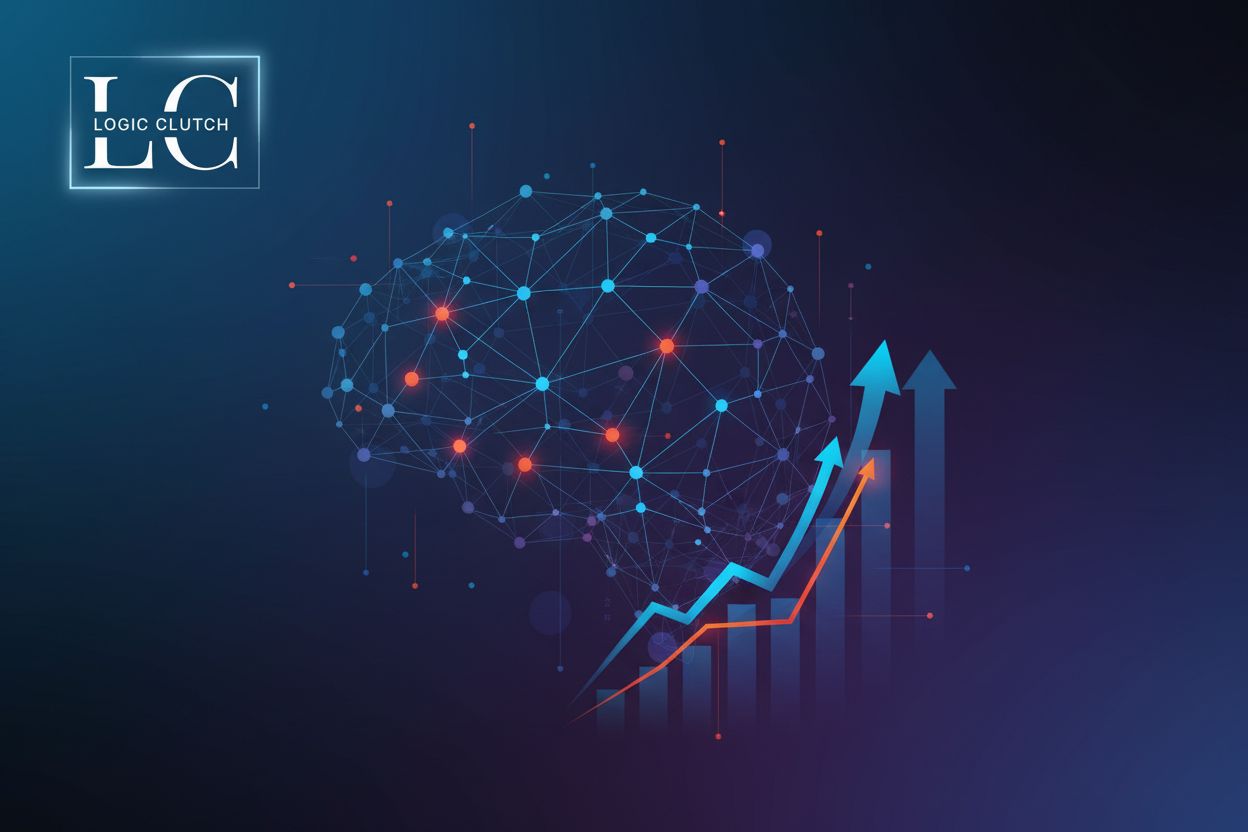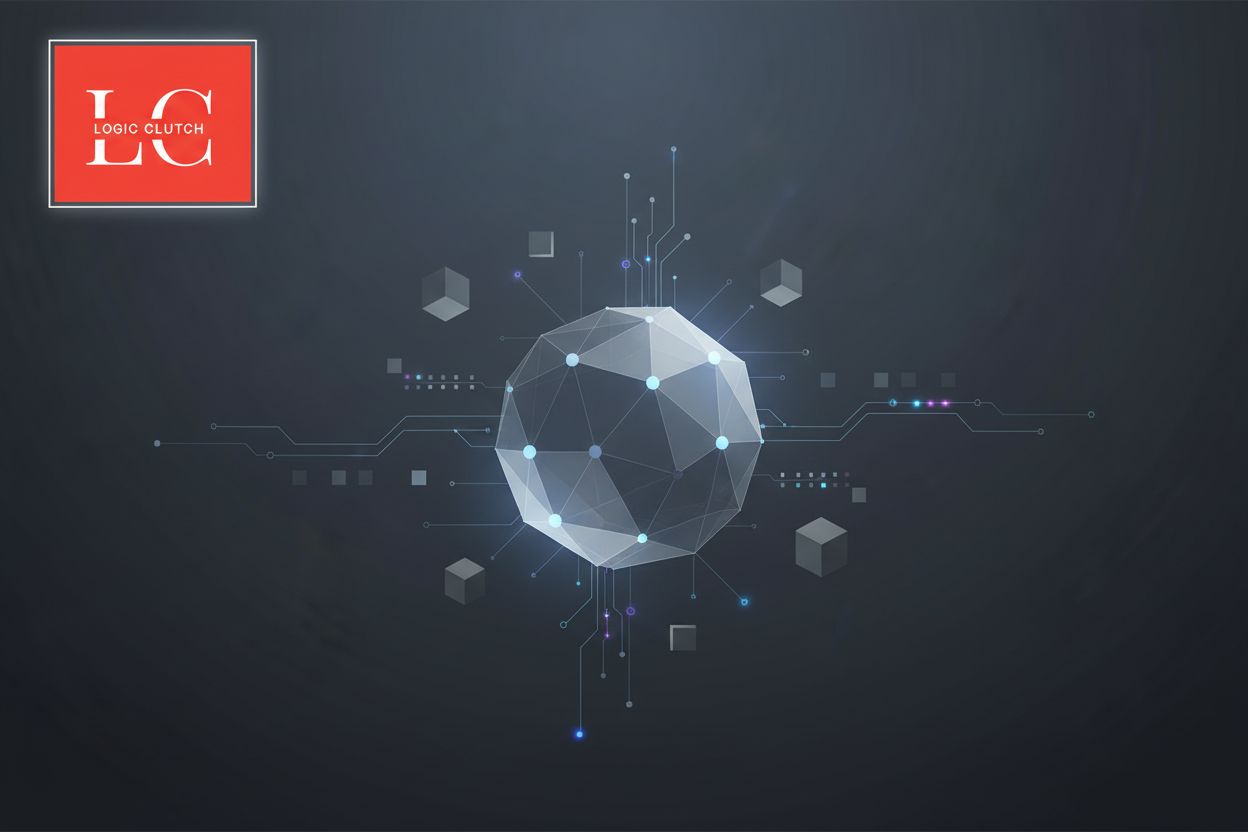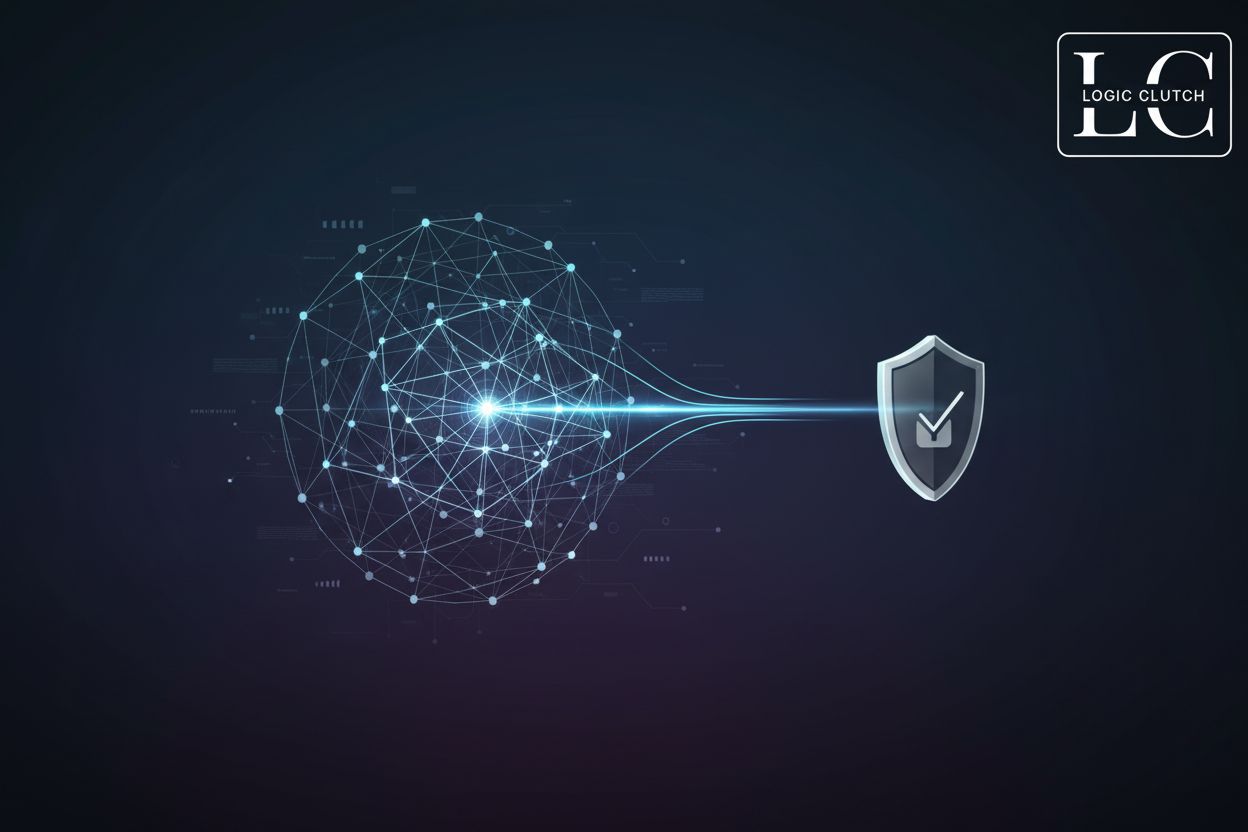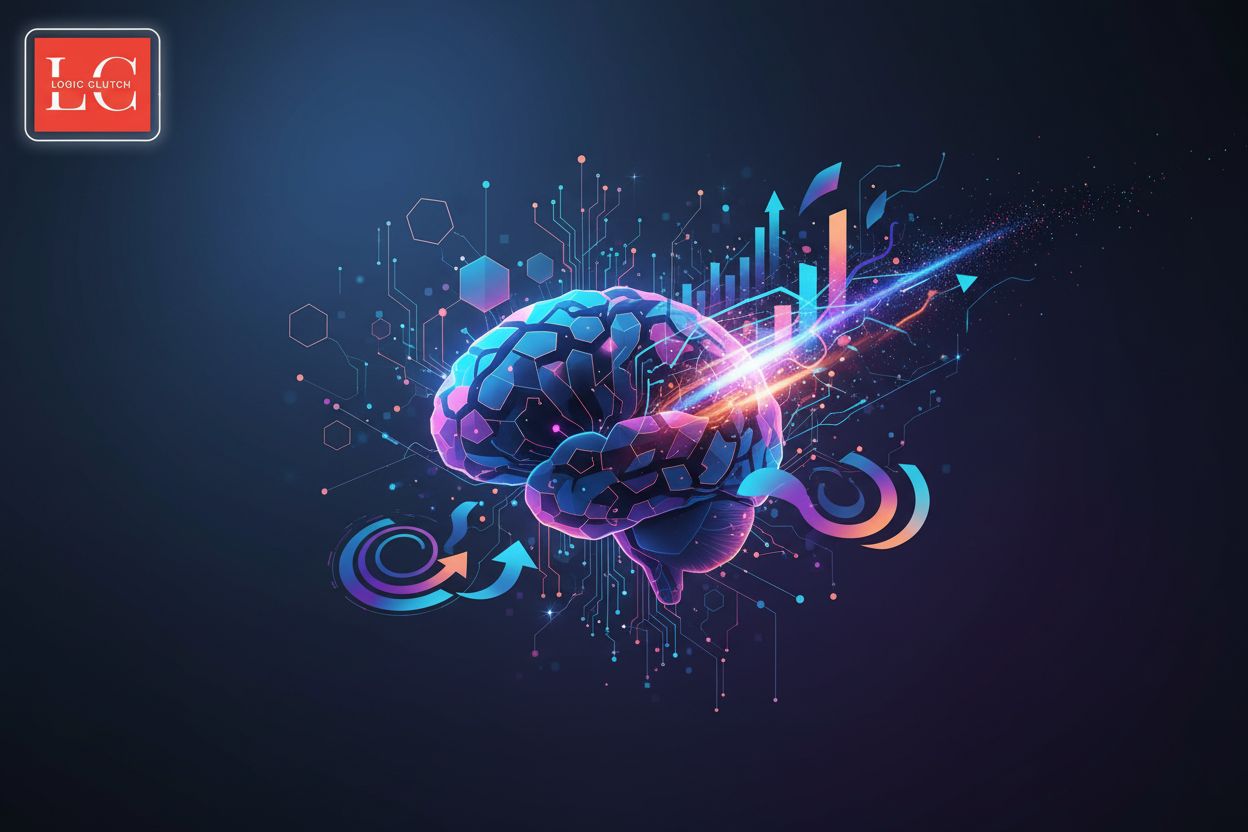Securing the Future: A Manager's Guide to AI-Driven Hardware Vulnerability Detection
TL;DR
The Evolving Landscape of Hardware Security Vulnerabilities
The digital world faces a constant barrage of threats, and hardware vulnerabilities are an increasingly attractive target for malicious actors. Traditional security measures often fall short, leaving systems exposed to sophisticated attacks. It's time for a new approach.
- Increased complexity in hardware designs creates more opportunities for vulnerabilities to be introduced. For example, intricate System-on-Chip (SoC) designs in smartphones can harbor hidden flaws that are difficult to detect.
- Supply chain vulnerabilities present significant risks, where compromised components can be integrated into devices before they even reach consumers. This is particularly concerning in industries like aerospace, where component integrity is critical.
- Emerging attack vectors specifically target hardware, bypassing software-based defenses. This includes techniques like side-channel attacks that exploit physical characteristics of the hardware.
Traditional security measures are often inadequate against hardware-level threats. They provide a reactive approach, addressing incidents after they occur, with a high reliance on manual analysis, making it difficult to detect sophisticated attacks.
Proactive hardware security is no longer a luxury but a necessity. It minimizes the impact of potential breaches, ensures compliance with regulatory standards, and protects sensitive data and critical infrastructure.
As AI technology continues to evolve, AI-driven hardware vulnerability detection will play a crucial role in securing the future. The next section will discuss how AI can be leveraged to overcome the limitations of traditional security measures.
AI to the Rescue: Revolutionizing Hardware Vulnerability Detection
AI is rapidly changing how we approach hardware vulnerability detection. It offers a faster, more accurate, and proactive way to secure systems compared to traditional methods.
AI algorithms excel at identifying complex patterns in vast datasets. This capability allows them to quickly distinguish between normal and abnormal activities, leading to faster and more accurate detection of cyberattacks, malware, and insider threats. Let's explore how AI enhances threat detection:
- Machine learning algorithms analyze network traffic, user behavior, and system logs to recognize patterns, classifying normal and abnormal activities. As SentinelOne's AI-powered security solutions demonstrate, this results in faster and more accurate detection of cyberattacks and malware.
- Natural Language Processing (NLP) enables AI systems to understand and interpret human language. NLP models can detect threats related to phishing, social engineering, and malicious communications by analyzing emails, chats, and documents.
- Image and video analysis is crucial for physical security and surveillance. Deep learning algorithms can detect unauthorized access, suspicious behavior, or security breaches in real-time by analyzing footage and images.
Several AI algorithms are used in hardware security, each with its unique strengths.
- Artificial Neural Networks (ANNs) are inspired by the human brain and can be trained on labeled and unlabeled data to spot anomalies that signal potential threats. ANNs are ideal for identifying complex patterns in large datasets, such as user behavior or network activity.
- Deep Learning (DL), a subset of machine learning, can analyze vast amounts of data at multiple levels. DL models excel in malware detection, phishing prevention, and image/video analysis.
- Reinforcement Learning (RL) is where a system learns to make decisions based on rewards and penalties. For threat detection, RL can optimize response strategies to automatically choose the best course of action when a threat is detected.
AI-driven vulnerability detection offers several benefits.
- Faster and more accurate detection due to the ability to correlate and analyze data much faster than humans. AI systems can detect threats in real-time and detect anomalies as they occur, reducing the time between threat detection and mitigation, as noted by SentinelOne.
- Proactive defense against emerging threats, such as zero-day vulnerabilities.
- Reduced false positives by learning from patterns of normal behavior and refining algorithms over time.
- Improved threat intelligence by continuously learning from new data, attacks, and responses.
AI systems can analyze footage and images in real-time to detect issues like unauthorized access or suspicious behavior. Deep learning use cases like facial recognition and object detection also help in preventing unauthorized entry to secure physical environments.
These advancements in AI-driven hardware vulnerability detection are paving the way for a more secure digital future. The next section will explore the specific AI algorithms used in hardware security and their applications.
Implementing AI in Hardware Security: A Practical Guide
Is your hardware security keeping pace with escalating threats? Implementing AI offers a proactive approach, but understanding practical integration is key to success.
AI-driven hardware vulnerability detection doesn't operate in isolation. Your existing security tools are enhanced, not replaced.
- Seamless integration is achieved with firewalls, intrusion detection/prevention systems (IDS/IPS), and security information and event management (SIEM) systems. APIs and connectors facilitate this integration.
- AI algorithms analyze data from these sources, identifying patterns that indicate potential threats. As Aikido Security's blog post notes, AI enhances the accuracy of identifying security issues, reducing false positives.
- The result is enhanced existing capabilities with AI-driven insights, providing a more comprehensive security posture.
AI excels at continuous vigilance, essential for detecting threats as they emerge.
- Continuous analysis of network traffic, system logs, and user behavior. AI algorithms learn normal patterns and flag anomalies.
- This anomaly detection enables early threat identification, often before traditional methods would trigger. AI systems can detect abnormal login attempts or unusual file access patterns.
- Automated alert generation ensures security teams receive immediate notification of potential issues, enabling swift response.
AI's ability to automate actions is crucial for minimizing the impact of hardware vulnerabilities.
- AI-triggered security protocols initiate automatically upon threat detection. This might include isolating affected systems or blocking suspicious IP addresses.
- Resetting compromised user credentials can also be automated, preventing further unauthorized access.
- This rapid, automated response mitigates potential damage and reduces the workload on security teams.
As you integrate AI into your hardware security strategy, remember that ongoing monitoring and adaptation are essential. This ensures your defenses remain effective against evolving threats.
Case Studies: AI in Action for Hardware Security
AI is not just a futuristic concept; it's actively securing organizations today. How are companies using AI to protect themselves?
Governments and military organizations use AI threat detection systems to bolster national security. This involves tasks like detecting cyber intrusions and securing sensitive communications. For instance, the Cybersecurity and Infrastructure Security Agency (CISA) uses advanced AI-based cyber threat detection and prevention platforms to enhance government-wide cyber defense, as mentioned by SentinelOne.
Corporations are increasingly turning to AI to safeguard sensitive data and critical infrastructure. AI monitors employee behavior and network traffic for signs of insider threats. Companies like Aston Martin have replaced legacy systems with AI-driven solutions to protect their assets, as noted earlier.
AI-driven systems are deployed for surveillance and anomaly detection in public safety. These systems analyze video feeds from security cameras to identify suspicious activities or unauthorized individuals. One of the largest K-12 school systems in the U.S. uses AI to prevent threats on connected devices.
AI's ability to adapt and evolve makes it a crucial asset in the ongoing battle against hardware vulnerabilities. The next section will explore the ethical considerations surrounding AI in hardware security.
Challenges and Limitations of AI in Hardware Security
AI's power in hardware security is undeniable, but it's not a perfect solution. Like any tool, AI has limitations that managers must understand to implement it effectively.
AI systems often require access to sensitive data, raising privacy concerns. For example, in healthcare, AI analyzing device logs could inadvertently expose patient information.
Organizations must comply with strict data privacy regulations like GDPR and CCPA. This includes implementing data anonymization techniques to protect sensitive information, noted earlier.
Failing to address these concerns can lead to legal repercussions and erode trust.
AI systems are not infallible and can produce false positives (flagging normal activity as malicious) or false negatives (failing to detect genuine threats). This requires continuous fine-tuning of AI systems.
Balancing detection accuracy with usability is crucial. Too many false positives can overwhelm security teams, while false negatives leave systems vulnerable.
Even the most advanced AI cannot guarantee the detection of all genuine threats.
AI-driven hardware security can raise ethical questions, particularly around monitoring user behavior and privacy rights.
Establishing transparent policies on AI usage is essential to ensure fairness and accountability.
Organizations must also address the potential for misuse or abuse of AI-driven surveillance.
AI decision-making can be opaque, leading to a limited understanding of AI decision-making. This makes it difficult to explain why an AI system flagged a specific event.
As SentinelOne notes, AI systems rely on high-quality data.
Effective AI requires significant computational resources and ongoing maintenance, which can strain budgets.
Despite these challenges, AI remains a powerful tool for hardware vulnerability detection. The final section will discuss strategies for overcoming these limitations and maximizing AI's potential in hardware security.
Future Trends and Recommendations
AI's role in hardware security is rapidly evolving, but what does the future hold for this critical field? Let's explore the emerging trends and practical steps managers can take to secure their systems.
One significant trend is the integration with other AI models. These systems will combine different algorithms, such as machine learning, natural language processing, and computer vision, to provide a more comprehensive security posture.
- This holistic approach allows for better threat detection and response across various attack surfaces.
- For example, AI could analyze network traffic, system logs, and user behavior to detect anomalies indicative of a hardware breach.
Cross-domain applications are also on the rise, with AI securing cloud computing, IoT, and blockchain technologies.
- AI can monitor IoT device behavior for unusual patterns, preventing botnet attacks.
- AI-powered systems can also enhance the security of blockchain transactions by identifying fraudulent activity and vulnerabilities in smart contracts.
First, prioritize foundational security measures. Before investing in AI, ensure basic security protocols like firewalls, intrusion detection systems, and access controls are robust.
- These measures provide a baseline of protection that AI can enhance.
Next, invest in AI-driven tools for enhanced detection: As SentinelOne highlights, AI can correlate and analyze data faster than humans, leading to quicker and more accurate threat detection.
- For example, implement AI-powered SAST tools like Aikido Security, which provides AI-driven insights to enhance existing capabilities.
Finally, establish clear policies and ethical guidelines. AI systems often require access to sensitive data, raising privacy concerns.
- Ensure compliance with regulations like GDPR and CCPA to maintain trust and avoid legal repercussions.
- Create transparent policies on AI usage and address potential misuse.
As AI continues to advance, remaining proactive and adaptable is essential for securing the future.






